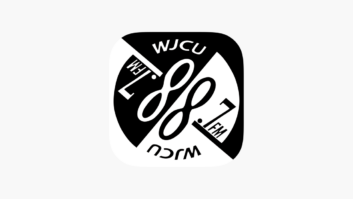Questions of interference, deadlines and strategies over moving translators are part of a recent ruling by Federal Communications Commission over two FM translators and a full-power station in Ohio.
The legal wranglings between three media companies resulted in the FCC rescinding the granting of two modification applications filed by the two FM translator stations, despite the fact that the objection came after the FCC granted the modification applications.
Caron Broadcasting and Common Ground Broadcasting filed modification applications in July 2016 proposing to relocate the transmitter sites of FM translator stations W262CY and W260CY to downtown Cleveland, as well as to change the translators’ communities of license and their operating frequencies.
An objection by Media-Com, licensee of WNIR(FM) in Kent, Ohio, operating on 100.1 MHz, a first-adjacent channel to both proposed facilities, was filed in October 2016.
Media-Com hauled out language within Section 74.1204(f) of the FCC Rules, which states that an FM translator application will not be accepted if the proposed operation overlaps predicted field contours with another station. To support its argument, Media-Com submitted 54 statements by WNIR listeners and a contour map plotting the locations of these listeners within the proposed 60 dBµ (1mV/m) signal contours.
In its response, Caron and Common Ground argued first that Media-Com’s petitions are procedurally unacceptable; the licensee did not object to the modification application before it was granted. Plus, if the FCC considered the petitions, this would “make all [250-mile modification] applications vulnerable indefinitely,” Caron and Common Ground argued.
They also argue that Media-Com failed to show actual interference (a provision under a rule slightly further down in the FCC rule book, known as Section 74.1203(a).)
In a volley back, Media-Com argued that the purpose of Section 74.1204(f) is to prevent a translator from demonstrably affecting listeners of a full-service station — therefore, Media-Com is not required to show actual interference.
Here, the FCC exercised its ability to consider Media-Com’s petition, despite the licensee’s objection coming after the applications had already been granted. The FCC said the issue of whether the translators’ new proposed site would cause interference to listeners of WNIR was raised in a timely petition for reconsideration, the FCC said.
This whole issue is unique, the FCC said. The filing procedures surrounding this particular issue — namely the one-time FM translator 250-mile site change modification opportunity that’s now part of the AM Revitalization Order — is distinct. As such, public interest would best be served by “giving the objecting station an opportunity to avail itself of the interference protections afforded to local full service stations by Section 73.1204(f).”
The commission ultimately sided with Media-Com, finding convincing evidence that that grant of the translator permits would result in interference. Media-Com provided all the requisite evidence, including plotting listeners who would allegedly be affected on the translators’ 60 dBµ contour map.
As such, the commission rescinded and dismissed Caron and Common Ground’s modification applications.












